State Bank of South Australia Collapse: Causes, Analysis & Suggestions
VerifiedAdded on 2024/06/03
|8
|1164
|470
Case Study
AI Summary
This case study examines the collapse of the State Bank of South Australia in 1991, focusing on the underlying causes and potential solutions. Established in 1984 and owned by the Australian government, the bank's failure stemmed from ineffective management of financial assets, particularly its loan portfolio. An auditor general's report highlighted issues such as poorly managed property-related and corporate loans, underperforming subsidiaries acquired between 1985 and 1990, and inadequate handling of debts, capital, interest rate, and liquidity risks. The study also points to policy and procedural inadequacies, ineffective supervision, and a lack of expertise in credit risk evaluation. The higher management's haste in signing deals without proper analysis, coupled with misleading financial reports, further contributed to the bank's downfall. The study suggests that the bank lacked effective leadership, had flawed lending policies, and suffered from inexperienced board members and a lack of financial management principles. Appointing experienced managerial authorities is recommended for better administration and control. Desklib provides access to this and other solved assignments.
1 out of 8
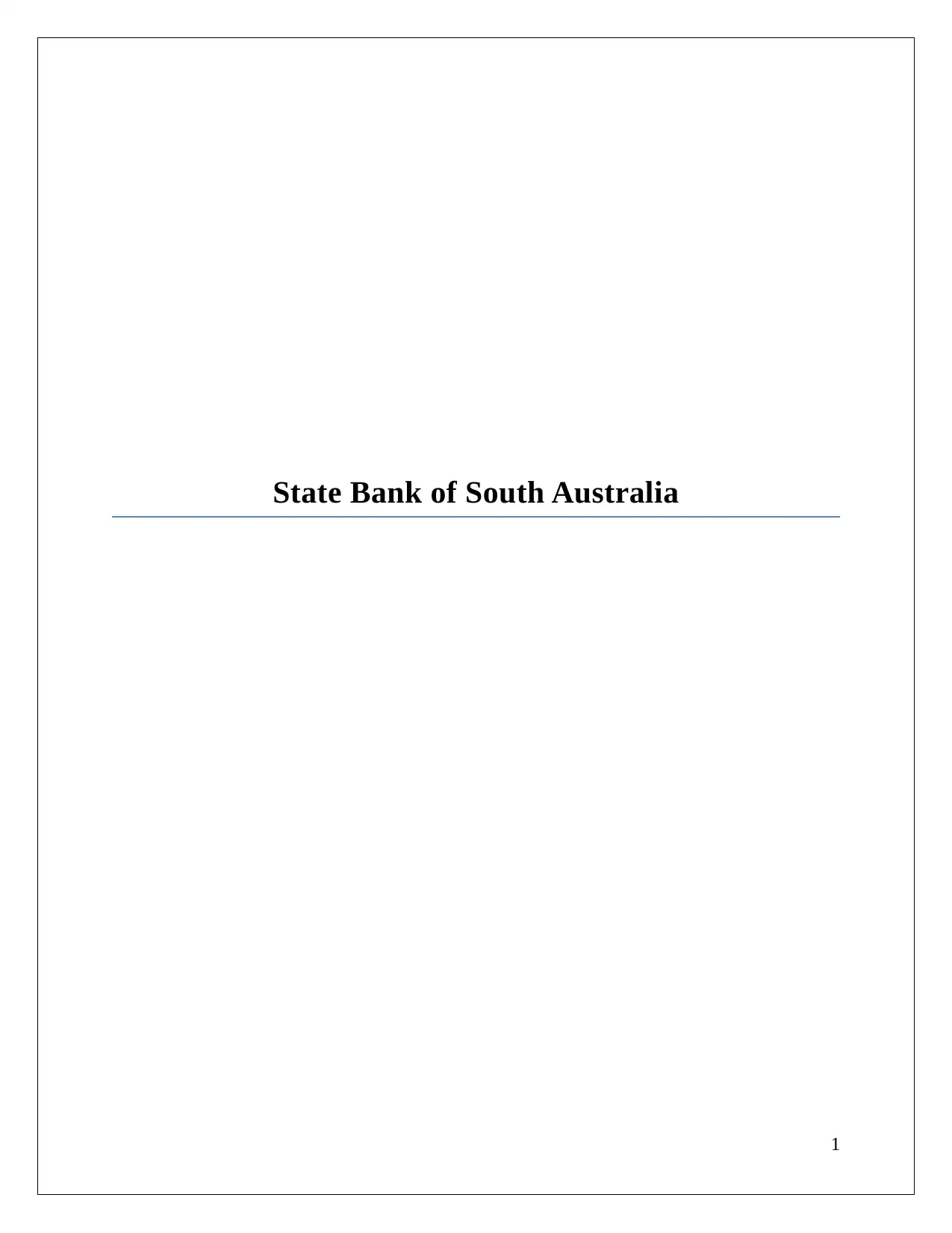
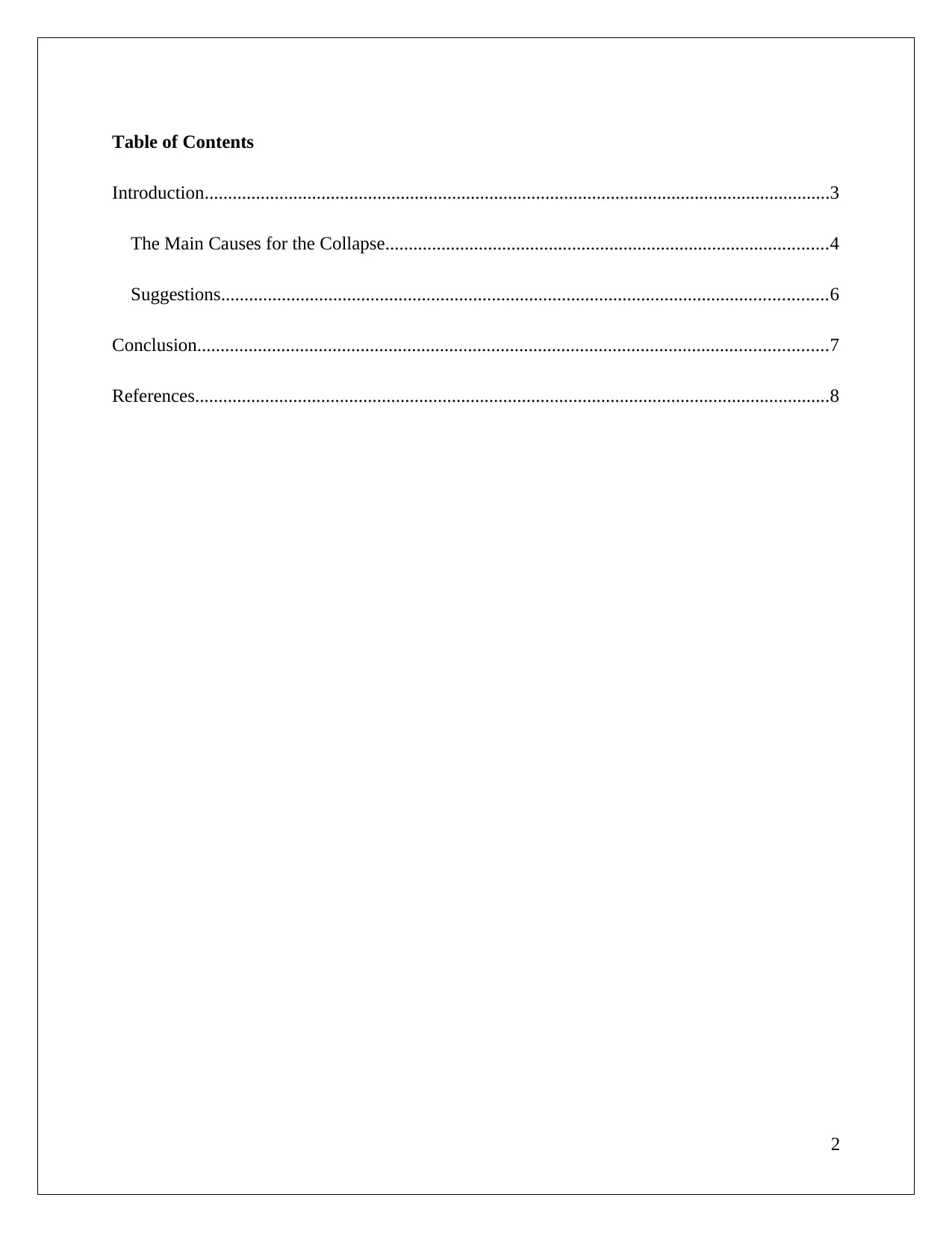
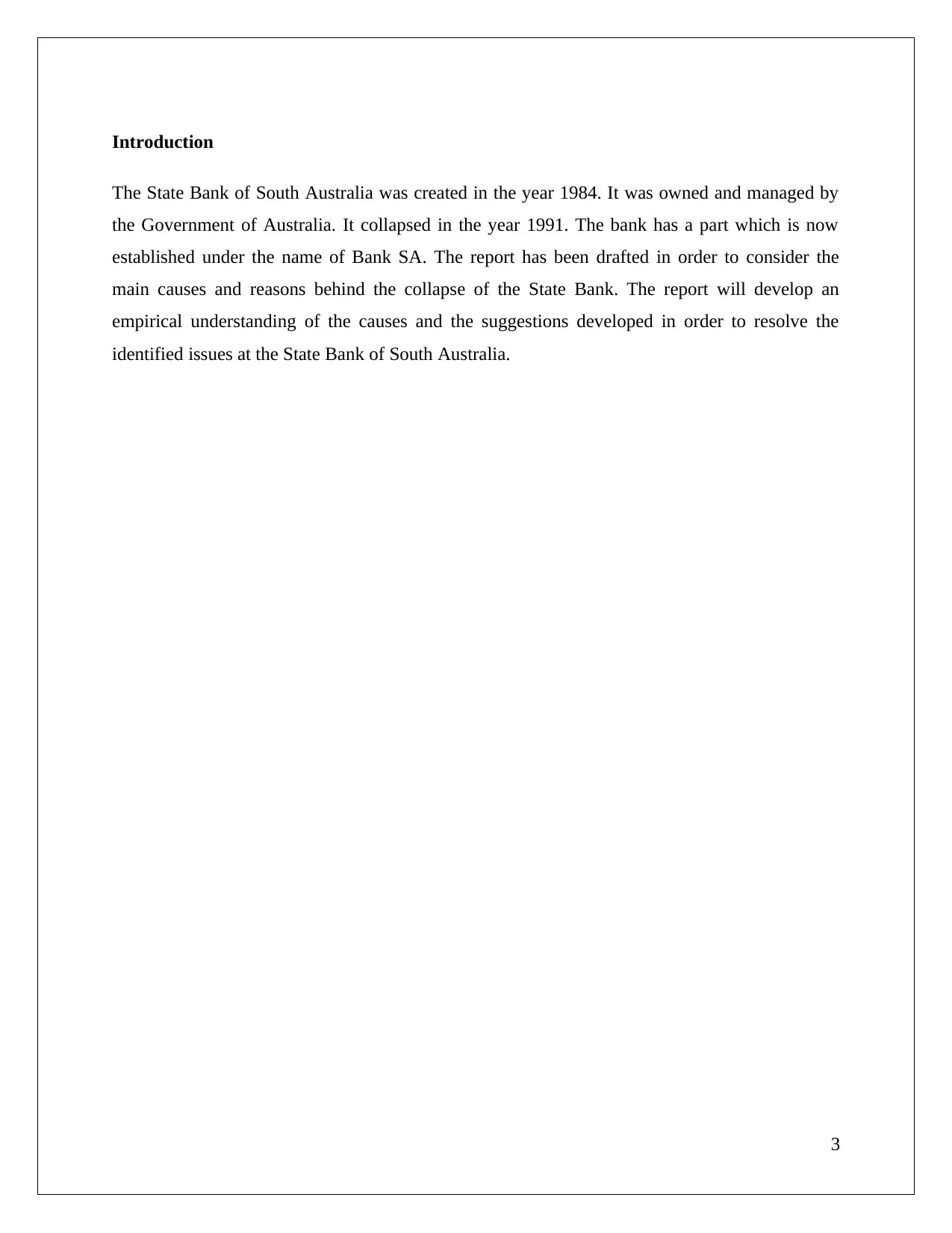
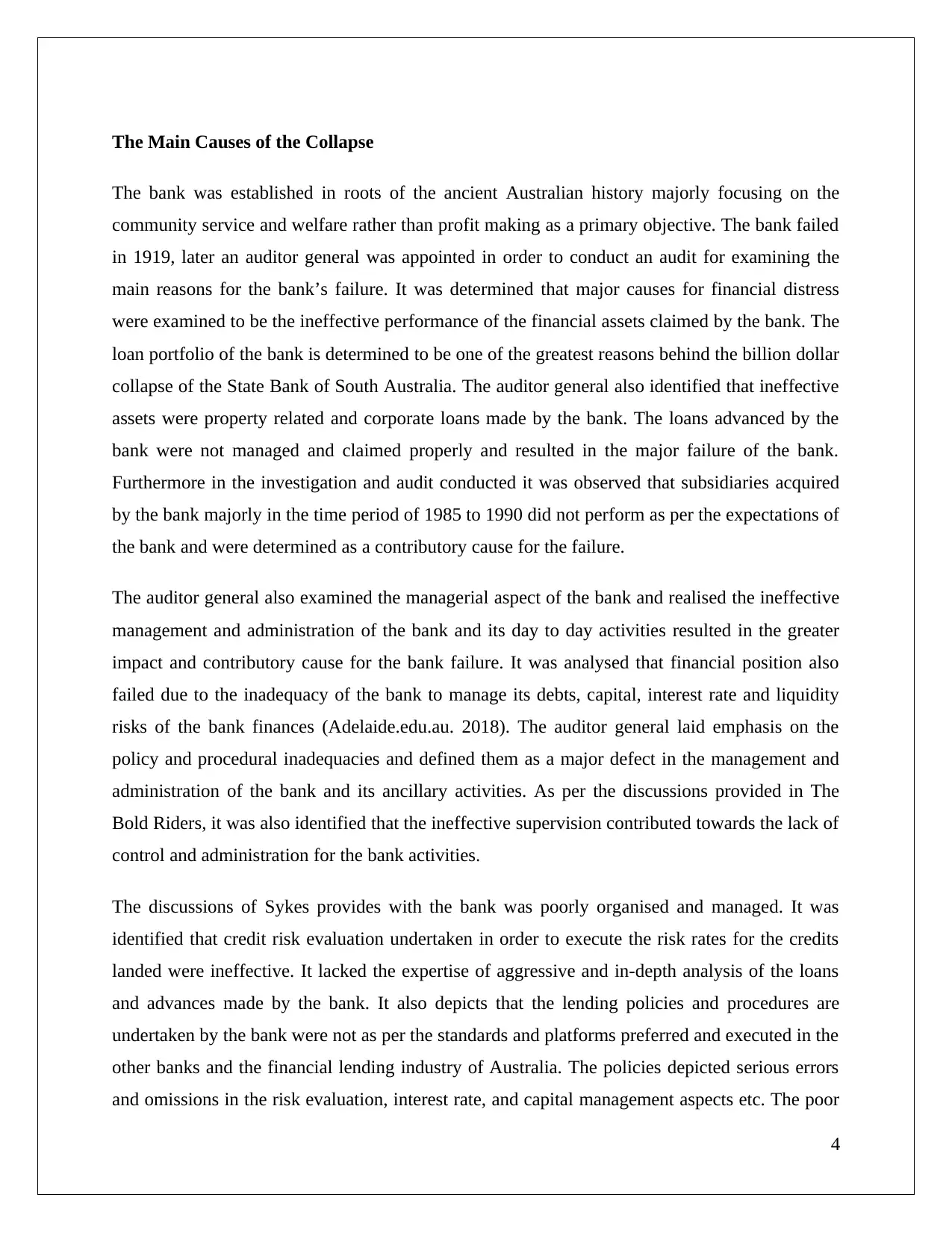
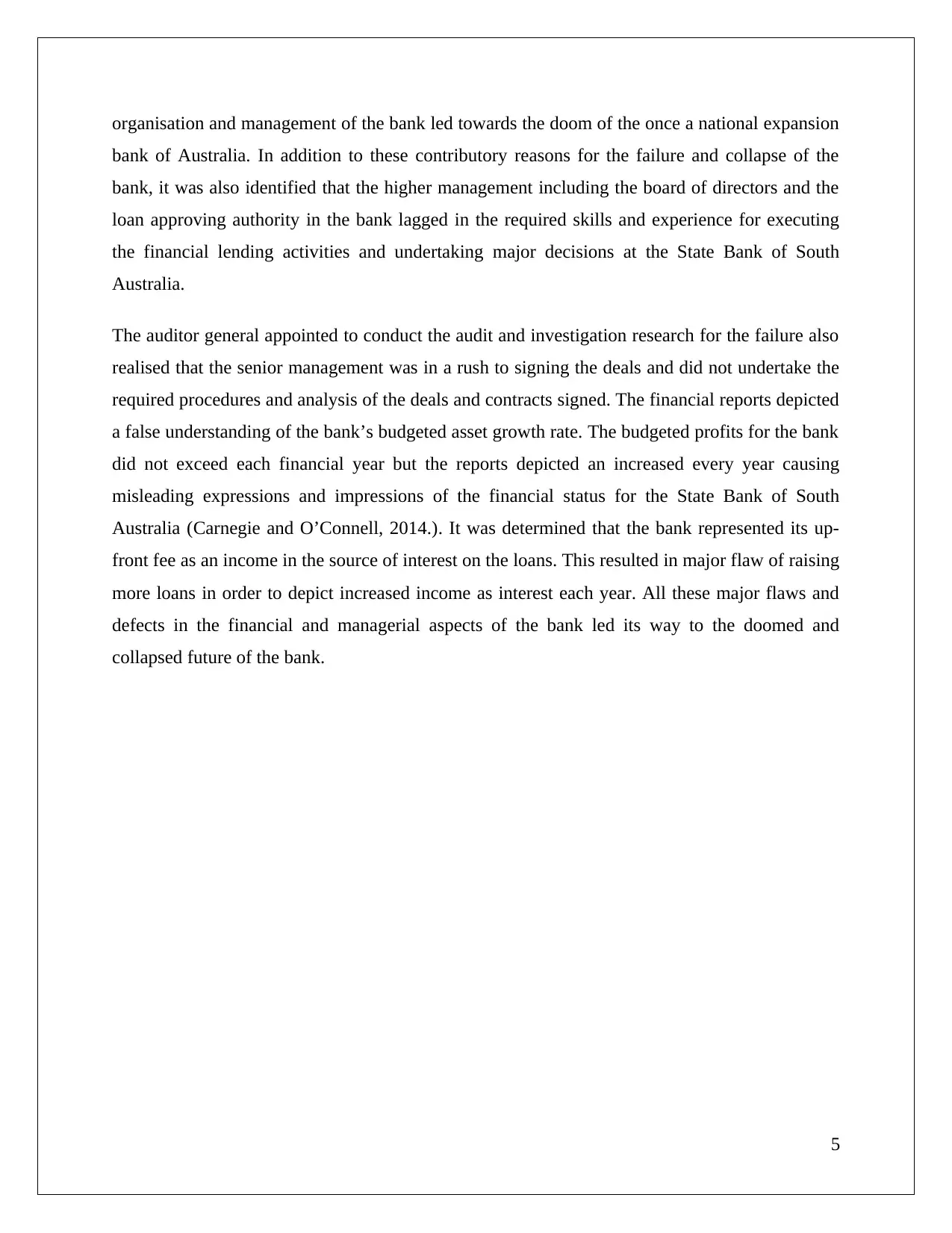
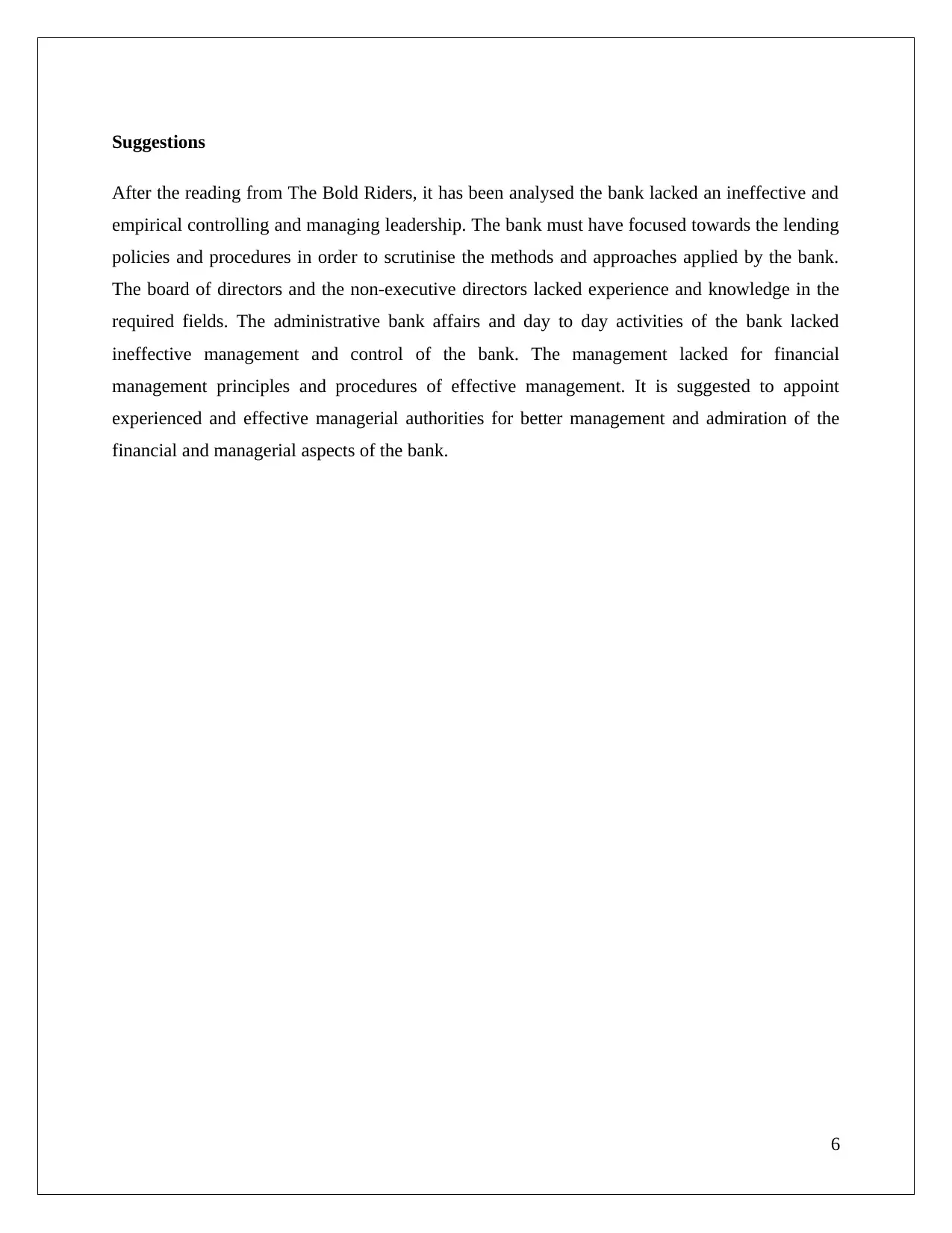
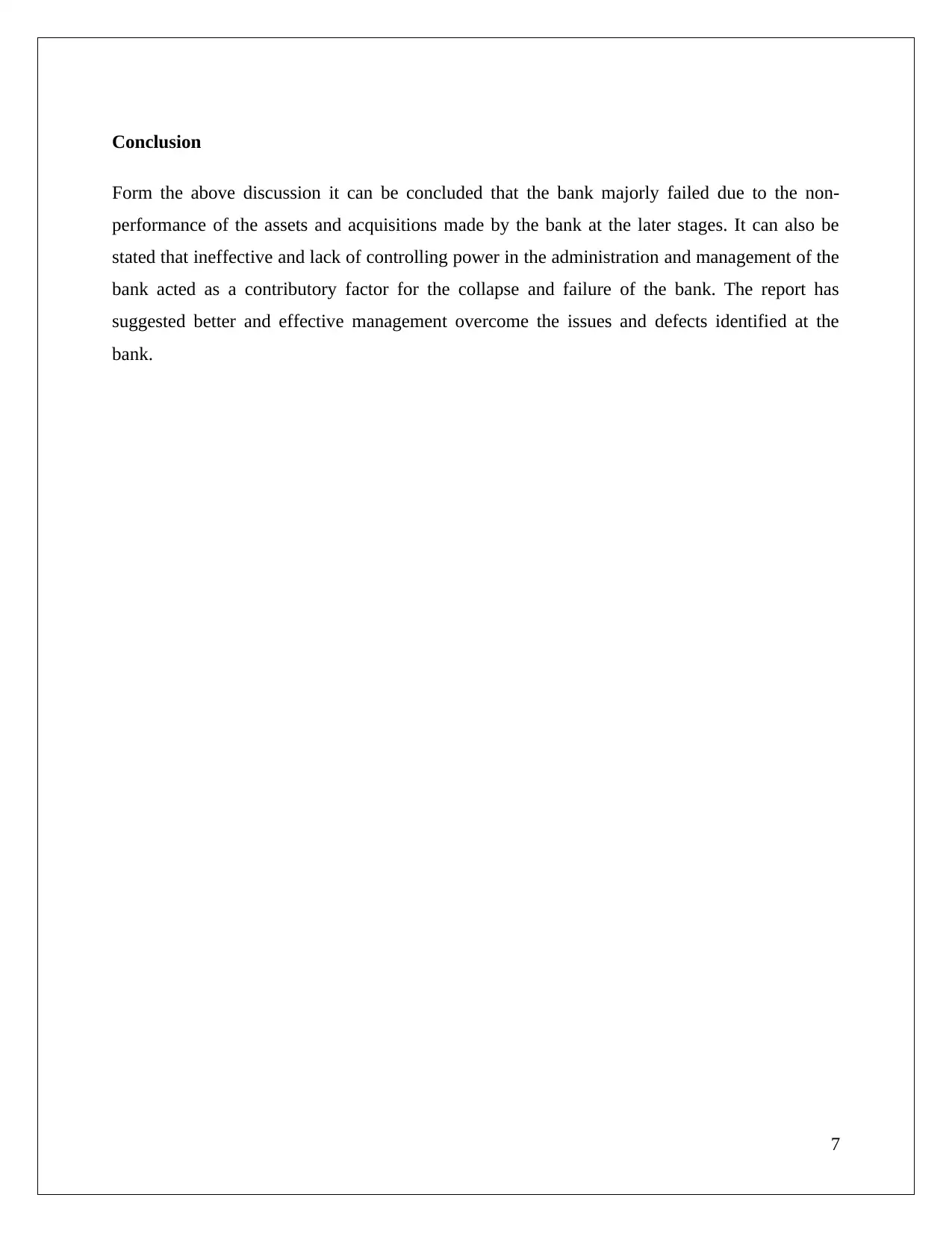
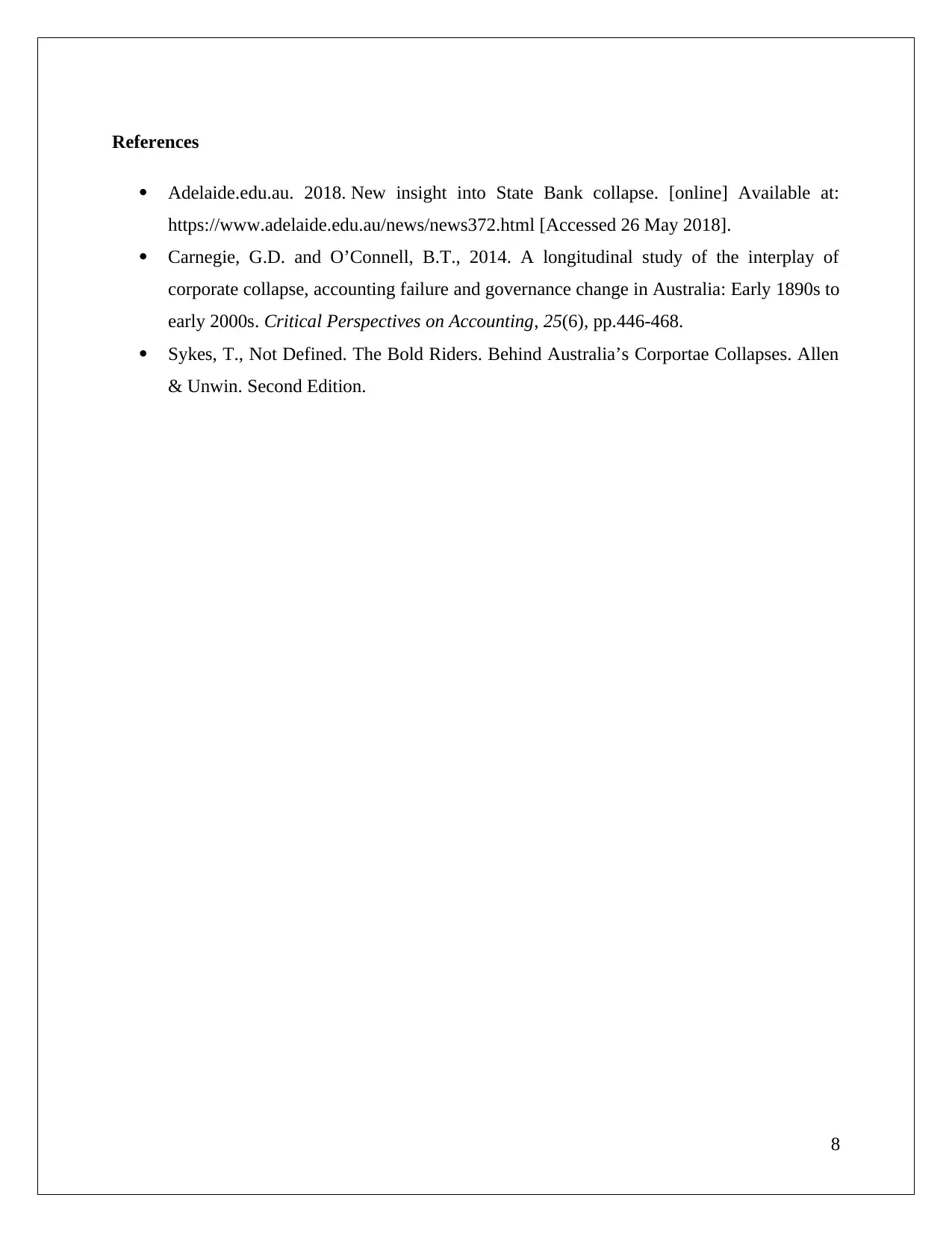






![[object Object]](/_next/static/media/star-bottom.7253800d.svg)